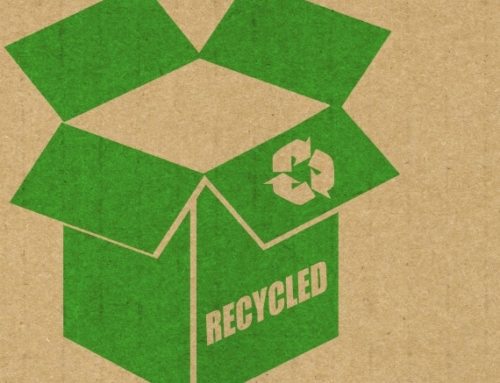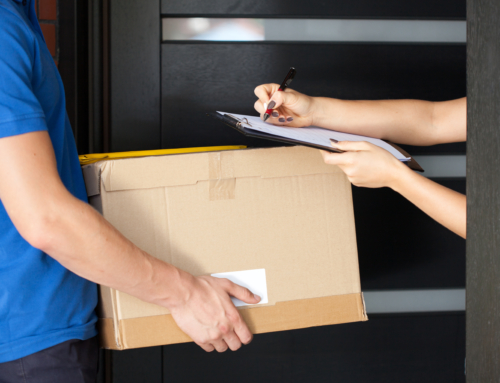No matter what retail sector you’re in, the least fun thing you can do is have to deal with returns.
Not only is returns management time-consuming, it’s costly, and without a good reverse logistics team in place, it can literally eat you out of house and home. That’s why some businesses require RMAs prior to accepting returns. RMAs can keep everything tidy and neat on your end and create a more formal return experience for the customer.
How Does an RMA Work in Returns Management?
When a customer needs to return an item to a company that uses RMAs (short for Return Merchandise Authorization), there’s a process involved to help save that company both time and money. The product won’t be accepted under any circumstances without an associated RMA number, so if something comes in unauthorized, you can simply ignore it (or choose to act in good faith and call the customer about the lack of an RMA).
Having an RMA makes your reverse logistics a lot easier, despite how it may look. There are several steps between the customer’s urge to return the item and your actually receiving it. These steps of the returns process include:
The customer submitting proof of a problem with the item. Whether that proof is in the form of photographs or a detailed explanation of what’s going wrong, asking for a little effort on the customer’s part can help save you a lot of time in the returns process.
Your evaluating the evidence to determine if it’s an acceptable reason for return. You’ll have to put in a little time to figure out if your suppliers will warranty the problem the customer is having or if you’ll have to take care of it yourself. This may determine whether or not you’ll be willing to accept the product back.
Your issuing an RMA number and determining if the customer needs to return the item or perform some other action. When you issue the RMA number for the case, you can also choose to go ahead and issue a refund if the situation is catastrophic or wait for the product to arrive for proper diagnosis.
If returned, your reverse logistics team inspecting, diagnosing and fixing the problem. Once the item is in your facility, it will be tracked by its RMA number throughout the process. Someone will inspect the item and then either move to diagnosing it or send it to a team that deals with that task. If the problem is fixable, the item will be repaired and returned to the customer, if not, a refund can be issued at this point.
Using RMAs can make it easier to track returns as they move through your facility, but they can also be cumbersome for customers. An alternative is to send a smart label for the return, that way you get all the advantages of tracking with an RMA number without giving the customer the hassle of trying to get one.







Leave A Comment